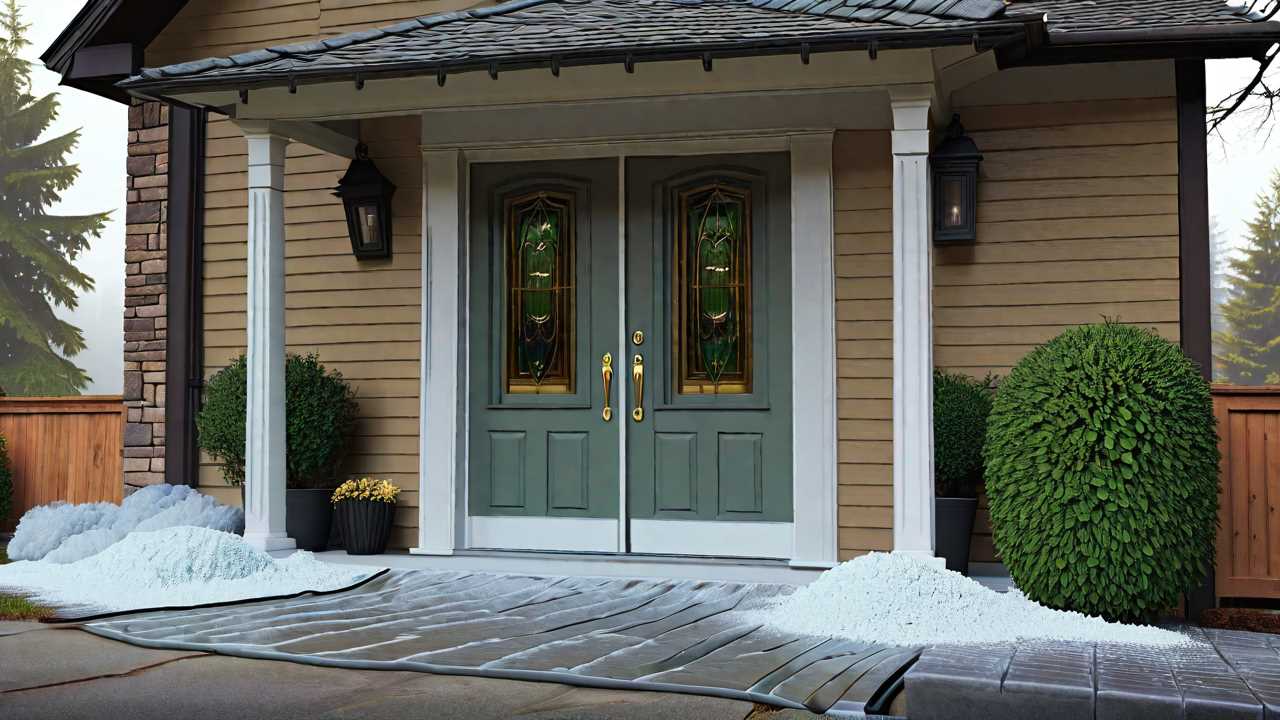
Weatherization: The First Step to Efficient Home Insulation
Weatherization is a crucial aspect of any DIY home insulation project. It involves identifying and sealing air leaks around doors, windows, and other openings in your home. By preventing drafts and air infiltration, weatherization helps maintain a comfortable indoor temperature while reducing energy costs. Start by conducting a thorough inspection of your home's exterior and interior, looking for gaps, cracks, or holes that allow air to pass through. Use weatherstripping and door sweeps to seal gaps around doors and windows, and apply caulk or spray foam to fill smaller cracks and holes.
Caulking and Foam: Effective Sealants for Air Leaks
Caulking and foam are two essential materials for sealing air leaks in your home. Caulk is a flexible sealant that can be applied to gaps and cracks around windows, doors, and other stationary components. It comes in various formulas, including silicone, latex, and acrylic, each with its own properties and applications. When applying caulk, ensure the surface is clean and dry, and use a caulking gun for precise application.
Spray foam is another effective sealant for larger gaps and cavities, such as those found around pipes, wires, and vents. It expands to fill the space, creating an airtight seal that prevents air leakage. Spray foam is available in both low-expansion and high-expansion varieties, so choose the appropriate type for your specific application.
Radiant Barriers: Reflecting Heat for Improved Insulation
Radiant barriers are a type of insulation that reflects heat, helping to keep your home cooler in the summer and warmer in the winter. They are typically installed in attics, where they can reduce heat gain from the roof. Radiant barriers are made of highly reflective materials, such as aluminum foil or metalized plastic, and are installed with the reflective side facing the interior of the attic.
When installing a radiant barrier, it is important to maintain an air gap between the barrier and the roof decking to allow for proper ventilation. This helps prevent moisture buildup and reduces the risk of condensation-related issues. Radiant barriers are most effective in hot climates, where they can significantly reduce cooling costs by minimizing heat gain through the roof.
Sealing Ducts and Vents: Preventing Energy Loss
Sealing your home's ductwork and vents is another crucial step in improving insulation and energy efficiency. Leaky ducts can result in significant energy loss, as conditioned air escapes before reaching its intended destination. To seal ducts, start by inspecting the ductwork for gaps, cracks, or loose connections. Use mastic sealant or aluminum foil tape to seal any leaks, ensuring a tight and durable seal.
In addition to sealing ducts, it is essential to insulate them, especially those that run through unconditioned spaces like attics or crawl spaces. Use duct insulation or insulating blankets to wrap the ducts, reducing heat loss and improving the overall efficiency of your heating and cooling system.
Conclusion: A Comprehensive Approach to DIY Home Insulation
Improving your home's insulation through DIY techniques requires a multi-faceted approach that addresses air leaks, heat transfer, and energy loss. By implementing weatherization measures, using caulking and foam to seal gaps, installing radiant barriers, and sealing and insulating ducts, you can significantly enhance your home's energy efficiency and comfort level.
Remember to prioritize safety when undertaking any DIY insulation project. Wear appropriate protective gear, follow manufacturer instructions, and consult with professionals if you encounter complex or hazardous situations. With careful planning, attention to detail, and a commitment to energy efficiency, you can successfully implement these DIY home insulation techniques and enjoy a more comfortable, cost-effective living space.
 Family Craft ProjectsHome ImprovementCooking and BakingReuse and RecycleDIY GiftsEco-Friendly ProjectsDIY Home SolutionsSeasonal ActivitiesFun and GamesLearn TogetherPrivacy PolicyTerms And Conditions
Family Craft ProjectsHome ImprovementCooking and BakingReuse and RecycleDIY GiftsEco-Friendly ProjectsDIY Home SolutionsSeasonal ActivitiesFun and GamesLearn TogetherPrivacy PolicyTerms And Conditions
